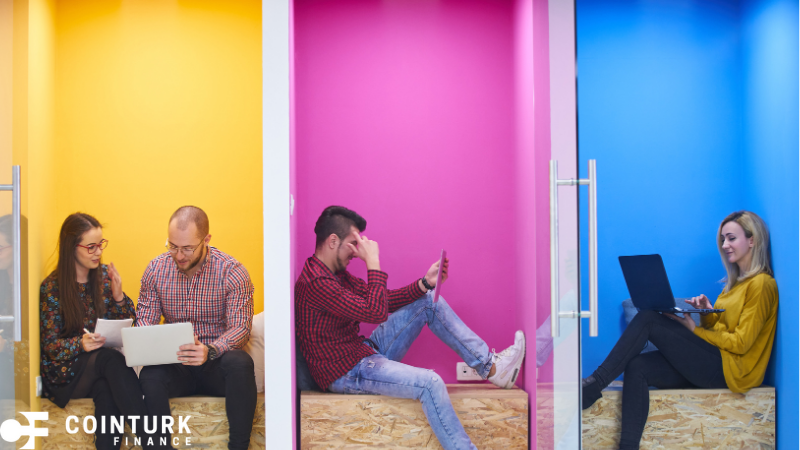This year’s Consumer Electronics Show (CES) has brought attention to several European startups presenting solutions aimed at addressing everyday challenges through unique technologies. From aiding the visually impaired to enhancing battery lifespan and improving mental well-being, the showcased devices emphasize practical utility over mere innovation. These products reflect a trend of transforming complex technological concepts into accessible tools for diverse user groups.
How does Artha empower the visually impaired?
French startup Artha introduced a device tailored for individuals with low vision or blindness, aiming to provide greater independence. The system integrates a mini-camera attached to glasses, which communicates environmental 3D data through haptic feedback delivered via a lumbar belt. By translating visual surroundings into touch-based signals, users can navigate environments more effectively. This product, developed in collaboration with key institutions, represents a step toward enhancing autonomy for visually impaired individuals.
Can Li-ion Power extend battery life effectively?
Li-ion Power from the Netherlands focuses on increasing the lifespan of lithium-ion batteries with its flagship product, Leo. This plug-and-play device optimizes charging cycles by managing speed, setting charge limits, and scheduling breaks. Compatible with USB-C devices, Leo claims to extend battery life by up to 63%. With the average household owning numerous battery-driven devices, the impact of such technology could significantly reduce electronic waste. The company’s innovation earned recognition as a CES Innovation Awards Honoree in the Sustainability & Energy/Power category.
Swiss company Nutrix AG presented cortiSense, a sensor designed for home-based cortisol monitoring to manage stress and prevent burnout. Unlike conventional methods requiring laboratory testing, cortiSense provides real-time insights through a saliva test linked to a smartphone app. High cortisol levels are associated with mental health concerns and physical health risks, emphasizing the value of convenient monitoring. CortiSense also targets athletes by guiding their recovery and training balance. Two patents are pending for the system’s technology.
When comparing earlier product showcases at CES, the transition toward addressing broader societal problems is evident. While past years featured concept products with uncertain application, 2025’s focus on usability and sustainability highlights a shift in priorities. Startups now emphasize not just novelty but also tangible benefits for users, signaling a maturing tech landscape.
SeaNXT, another French company, showcased the lightweight and modular SeaNXT Elite underwater exploration scooter designed with carbon fiber. MyWaves from the UK revealed Pebble, a sleep aid device that enhances REM sleep by converting brainwave activity into customized audio. UK-based OnlyCat introduced a smart cat flap equipped with AI prey detection, blocking unwanted items from entering homes, while providing app-based monitoring for owners.
The inclusion of practical technology at CES 2025 reflects a broader shift in consumer demand toward meaningful innovations that solve day-to-day problems. Products like Artha’s haptic camera system, Li-ion Power’s battery extender, and cortiSense’s stress-monitoring sensor illustrate the alignment between technological advancements and user-centric design. This trend underscores the importance of blending innovation with direct usability, indicating a promising trajectory for consumer tech. As startups increasingly prioritize sustainability, health, and accessibility, their contributions could play a pivotal role in shaping the future of everyday technology.










